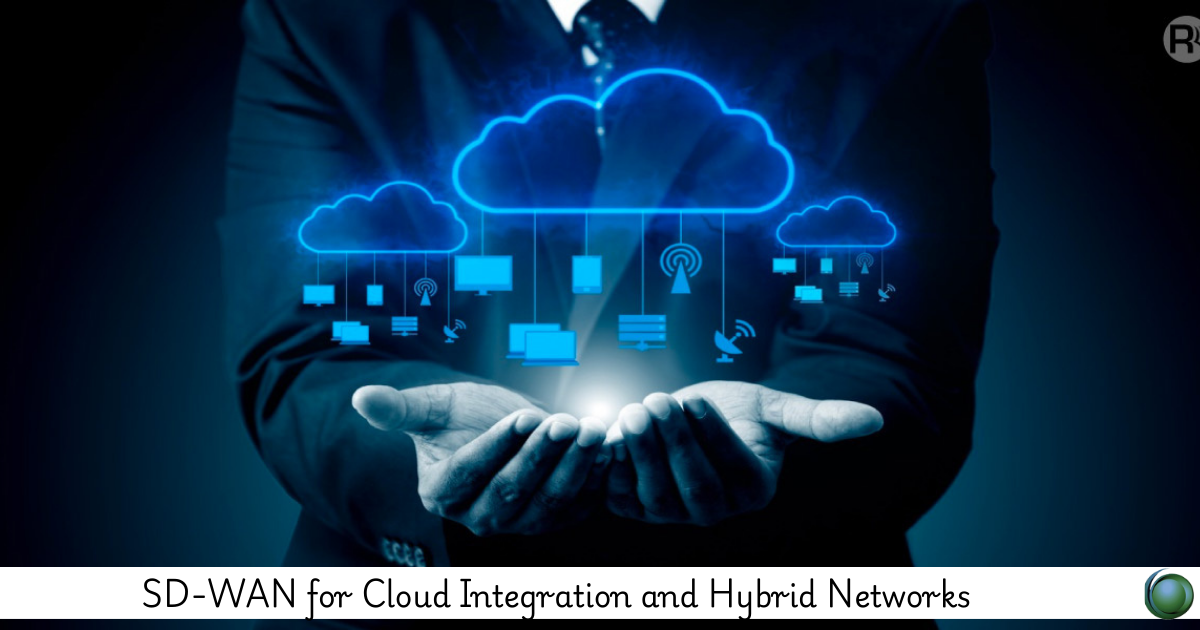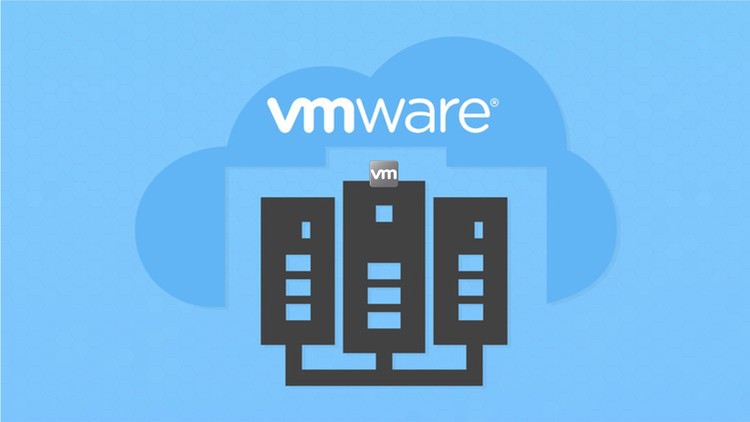Description
Introduction of SD-WAN for Cloud Integration
In today’s network landscape, enterprises are increasingly adopting cloud computing and hybrid environments to meet their growing business needs. Software-Defined Wide Area Networks (SD-WAN) offer a flexible, scalable, and cost-effective solution to address the challenges of integrating cloud services, enhancing connectivity, and optimizing traffic flow across hybrid networks. This course focuses on how SD-WAN can be leveraged for seamless cloud integration and efficient management of hybrid networks, providing businesses with greater agility and improved performance.
Prerequisites
- Basic understanding of networking concepts (IP addressing, routing, and switching).
- Familiarity with cloud technologies and hybrid networking.
- Previous exposure to SD-WAN architecture and use cases.
Table of Contents
1. Introduction to SD-WAN and Cloud Networking
1.1 Overview of SD-WAN and its Role in Cloud Integration
1.2 Understanding Hybrid Networks and Cloud Environments
1.3 Benefits of SD-WAN for Cloud Connectivity and Hybrid Networks
1.4 Key Cloud Providers: AWS, Azure, Google Cloud
1.5 SD-WAN’s Role in Multi-Cloud and Hybrid Cloud Architectures
2. SD-WAN Architecture for Cloud Integration
2.1 Core Components of SD-WAN for Cloud Networks
2.2 Designing Cloud-Native SD-WAN Architecture(Ref: Advanced SD-WAN: Traffic Management and Application Optimization)
2.3 Integration of Cloud and On-premises Resources
2.4 Deployment Models: Public, Private, and Hybrid Cloud
2.5 Optimizing Bandwidth Usage for Cloud Applications
3. Enabling Hybrid Cloud with SD-WAN
3.1 Understanding Hybrid Cloud Architectures
3.2 Integrating On-Premises Data Centers with Cloud Environments
3.3 SD-WAN for Secure and Efficient Hybrid Cloud Connectivity
3.4 Traffic Segmentation and Path Control for Hybrid Networks
3.5 Ensuring Low Latency and High Availability for Hybrid Cloud Traffic
4. Cloud Connectivity through SD-WAN
4.1 Connecting Branch Offices to Cloud Data Centers
4.2 Direct Cloud Access for Enhanced Performance
4.3 Optimizing Cloud Application Traffic with SD-WAN
4.4 Traffic Shaping and Prioritization for Cloud Applications
4.5 Leveraging Cloud Gateways for Cloud Connectivity
5. SD-WAN for Multi-Cloud Environments
5.1 Managing Multi-Cloud Traffic with SD-WAN
5.2 Ensuring Seamless Connectivity Across Multiple Cloud Providers
5.3 Traffic Routing and Optimization for Multi-Cloud Architectures
5.4 Leveraging SD-WAN to Avoid Vendor Lock-In
5.5 Best Practices for Multi-Cloud Integration Using SD-WAN
6. Security Considerations for Cloud and Hybrid Networks with SD-WAN
6.1 Securing Data Traffic Between On-Premises and Cloud Resources
6.2 Implementing End-to-End Encryption Across SD-WAN Links
6.3 Zero Trust Security Model in SD-WAN for Cloud Environments
6.4 Managing Access Control and Identity for Cloud Applications
6.5 Ensuring Compliance and Governance in Hybrid Cloud with SD-WAN
7. SD-WAN Automation and Orchestration for Cloud Integration
7.1 Automating Traffic Routing and Policy Management Across Hybrid Networks
7.2 Centralized Control and Management of Cloud and On-Premises Resources
7.3 Simplifying Cloud Network Management with SD-WAN Automation
7.4 SD-WAN for Self-Healing and Dynamic Network Optimization
7.5 Leveraging Cloud-Based SD-WAN Controllers for Seamless Operations
8. Performance Optimization in Cloud and Hybrid Networks with SD-WAN
8.1 Optimizing Application Performance in Cloud Environments
8.2 SD-WAN Traffic Shaping for Optimized Cloud Application Delivery
8.3 Managing Latency and Jitter for Real-Time Cloud Applications
8.4 Monitoring Cloud Traffic and Predictive Analytics for SD-WAN Optimization
8.5 Enhancing the End-User Experience in Cloud Applications
9. Case Studies: SD-WAN for Cloud and Hybrid Network Solutions
9.1 Case Study 1: Global Enterprise Adoption of SD-WAN for Multi-Cloud Integration
9.2 Case Study 2: Improving Hybrid Cloud Performance with SD-WAN
9.3 Case Study 3: Cloud-Based SD-WAN for Optimized Application Delivery
9.4 Case Study 4: Leveraging SD-WAN to Support Cloud Migration
9.5 Lessons Learned from Real-World SD-WAN Implementations in Hybrid Networks
10. Monitoring and Troubleshooting
10.1 Tools for Monitoring Cloud Network Performance with SD-WAN
10.2 Real-Time Troubleshooting for Cloud Connectivity Issues
10.3 Managing Cloud Traffic and Avoiding Network Bottlenecks
10.4 Best Practices for Cloud-Based Network Troubleshooting with SD-WAN
10.5 Proactive Monitoring and Alerts for Hybrid Networks
11. Conclusion of SD-WAN for Cloud Integration
11.1 Key Takeaways on SD-WAN for Cloud and Hybrid Network Integration
11.2 Benefits of SD-WAN for Seamless Cloud Connectivity
11.3 Future Trends: SD-WAN in Multi-Cloud and Edge Computing Environments
11.4 Moving Towards an Agile and Future-Proof Hybrid Network Architecture
SD-WAN offers a comprehensive and scalable solution for integrating cloud services and optimizing hybrid network architectures. By providing secure, high-performance connectivity across on-premises and cloud environments, SD-WAN enables organizations to meet the demands of modern applications and cloud-based workloads. As businesses continue to expand their cloud footprint and embrace hybrid strategies, SD-WAN will remain a critical technology for ensuring seamless integration, enhanced security, and superior performance across diverse network environments.







Reviews
There are no reviews yet.